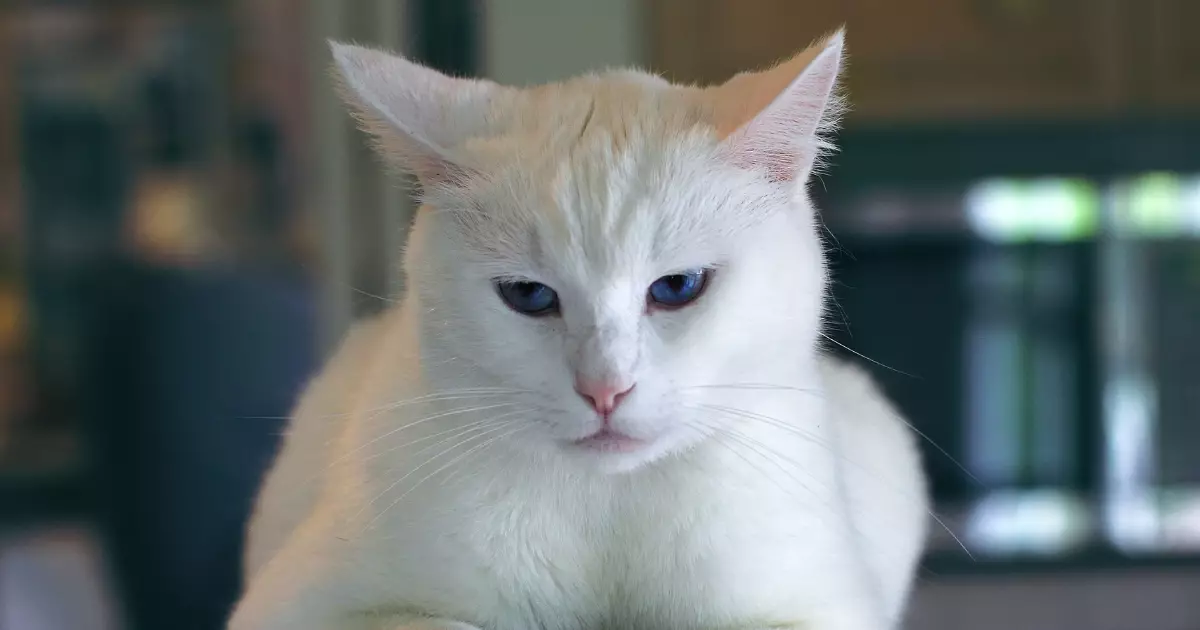The life of a cat is often shrouded in mystery, especially when their human companions leave for the day. Cats are well-known for their independence and unique personalities, but what exactly do they get up to when the house is quiet? Many cat owners wonder about the activities their feline friends engage in during their absence. This exploration reveals 11 fascinating activities that cats partake in when left alone, each showcasing their instinctual behaviors and playful nature.
Once the sun sets and the world around them quiets down, many cats opt to embrace their inner night owls. With their natural instinct rooted in the hunting habits of their wild ancestors, cats become incredibly active during nighttime hours. They engage in playful antics that include pouncing on shadows, darting after imaginary prey, or battening down on toys that jingle and wiggle. This nocturnal escapade not only helps them maintain their agility but also provides necessary physical stimulation. Such activities highlight the blurred lines between a cat’s domesticated life and its wild instincts, reminding us of the playful predator that lies within.
Cats have an undeniable affinity for climbing. It’s not uncommon to find your cat atop a bookshelf, perched on a windowsill, or surveying their living room kingdom from the top of a tall cabinet. These elevated spaces serve multiple purposes: they offer a safe vantage point to gauge their territory and provide a sense of security from below. This instinct to dominate the vertical space is reminiscent of their wild counterparts, who often seek higher ground to oversee their surroundings and keep an eye out for potential threats or prey.
Without their human companions, cats often find innovative ways to entertain themselves. Household items turn into stimulating toys; they might chase after a rogue ball of yarn, pounce on a dangling string, or swipe at the ever-elusive laser dot. This self-sufficient play not only keeps them physically active but also sharpens their mental faculties. Engaging in spontaneous playtime is essential for maintaining their predatory instincts, echoing behaviors essential for their ancestors in the wild.
The feline penchant for curiosity leads them on various adventures around the home. You might find your cat squeezing into unforeseen quarters, exploring behind furniture, or investigating boxes and bags left haphazardly about. These explorations are vital for satisfying their inherent curiosity, allowing them to maintain a sharp intellect. Every nook and cranny unveils a new opportunity for mystery and excitement—each corner could be a universe of intrigue waiting to be discovered.
Even when alone, your cat’s hunting instincts remain intact. They may launch surprise attacks on unsuspecting toys, refine their stalking abilities, or indulge in the art of scratching. These primal behaviors are not just remnants of a bygone era but essential practices for their mental and physical wellbeing. By engaging in these actions, they prepare themselves for unforeseen encounters—whether with an actual creature or simply an imagined foe.
Cats are known for their fastidious grooming habits, often spending hours ensuring their coat stays sleek and immaculate. This grooming serves several purposes, including cleanliness and comfort. When alone, you might notice them indulging in extended grooming sessions, an activity that not only keeps them free of parasites but also acts as a soothing ritual to destress. In this way, grooming becomes a vital part of their self-care, ensuring that they are both healthy and relaxed.
In a busy household, cats appreciate having their safe havens. They might scuttle under the bed, nestle inside a closet, or curl up behind a curtain for a snooze. Such hideaways provide a serene escape where cats can recharge and feel secure away from the hustle and bustle of daily life. These quiet retreats reflect their need for solitude and are essential for their overall mental health.
For those with multiple pets, there’s an engaging social dynamic at play when you’re not around. Cats often interact with other animals in their household through playful wrestling, mutual grooming, or simply lounging together. These interactions foster companionship and strengthen their social bonds, illustrating the depth of their social nature.
Cats are inherently territorial creatures, and they often take it upon themselves to patrol their domains. While you’re away, they may engage in activities to mark their territory, such as rearranging items or scent-marking their favorite spots. This behavior reinforces their sense of ownership and security, creating a comforting environment for them.
The Art of the Nap
Despite their playful nature and myriad activities, cats are notorious for their penchant for sleep. They can take numerous short naps throughout the day, seeking out cozy spots to doze off. These restful periods are crucial for recharging their energy, allowing them to stay sprightly and alert for their interactions with you.
By learning and appreciating these hidden activities, cat owners can develop a deeper understanding of their pets. Realizing the complexity of a cat’s life when alone can enrich the bond you share. Embrace the mystery of your feline companion, and take joy in the endearing quirks that make them truly unique. Understanding their secretive lives will not only enhance your appreciation for their individuality but also help create a nurturing environment that supports their vibrant personalities.

